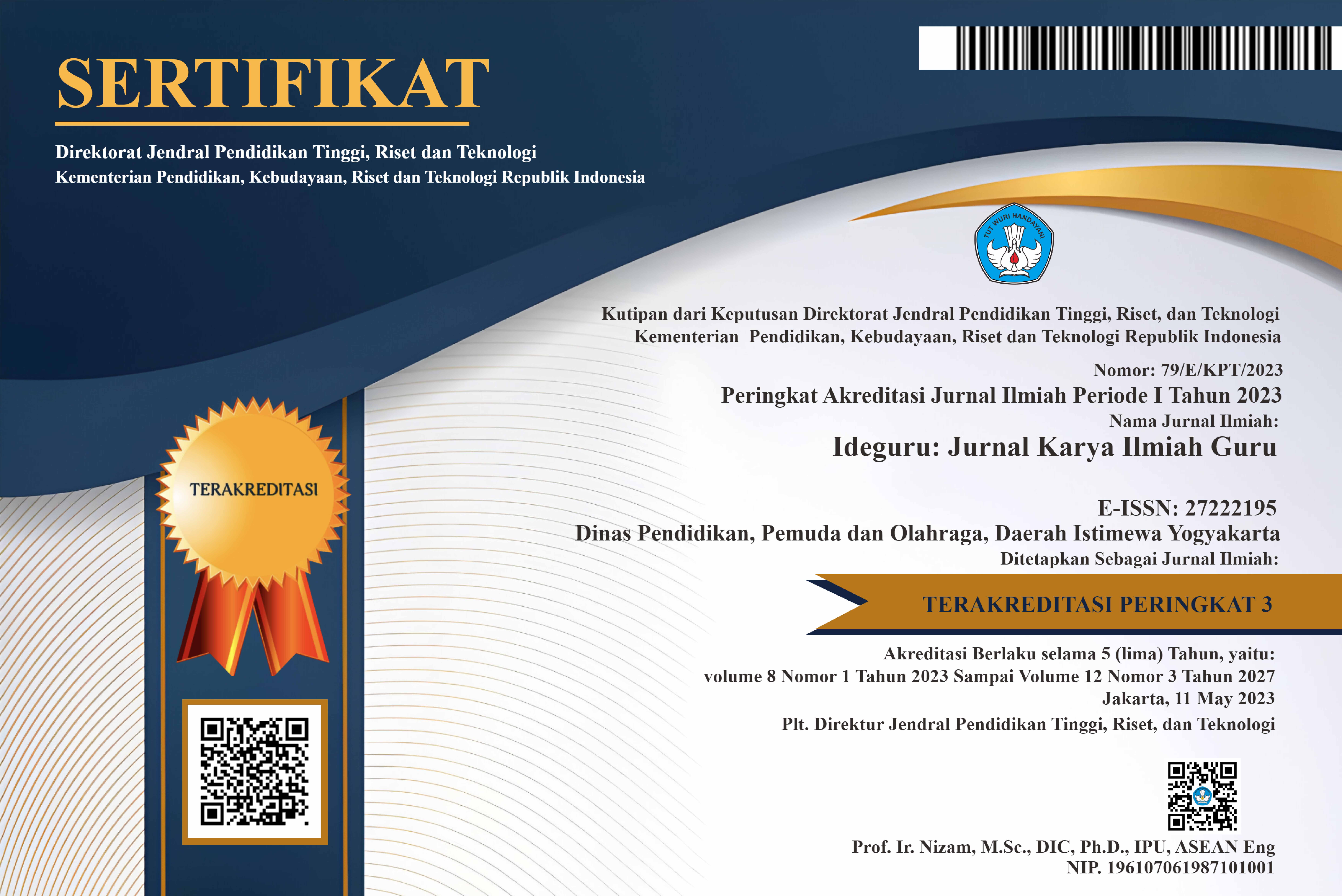Implementasi Collaborative Inquiry dalam Meningkatkan Keterampilan 4C (Critical Thinking, Communication, Collaboration, Creativity) Siswa
Abstract
The traditional learning approach that is more one-way often provides less space for students to think critically, be creative, communicate, and collaborate optimally. Therefore, this study aims to examine the implementation of the Collaborative Inquiry model as a strategy to improve students' 4C skills in PAI learning at MAN 2 Situbondo. Data collection was carried out through documentation, interviews and observations using qualitative descriptive methods. The findings of this study indicate that the implementation of Collaborative Inquiry is effective in improving 4C skills. Students experienced an 85% increase in critical thinking, as seen from their ability to analyze information and evaluate data in depth. Communication skills increased by 78%, marked by an increase in students' ability to convey ideas systematically and discuss persuasively. Collaborative skills increased by 82%, indicating that students are more comfortable working in teams, sharing responsibilities, and actively involved in group discussions. In terms of creativity, there was an increase of 74%, where students were more active in displaying their understanding through visual works, presentations, or innovative solutions. Supporting factors in the implementation of this model are active student involvement and more dynamic group interactions. However, there are still several obstacles, such as differences in student participation levels, group management that needs to be improved, and limited facilities to support discussions. Based on these findings, it can be concluded that Collaborative Inquiry is a more effective learning method than the traditional lecture method because it encourages active student involvement in the learning process.
PDF Downloads
Copyright (c) 2025 Mifta Lailatul Qodri, Imam Turmudi, Mu’alimin Mu’alimin

This work is licensed under a Creative Commons Attribution 4.0 International License.

 DOI:
DOI:













